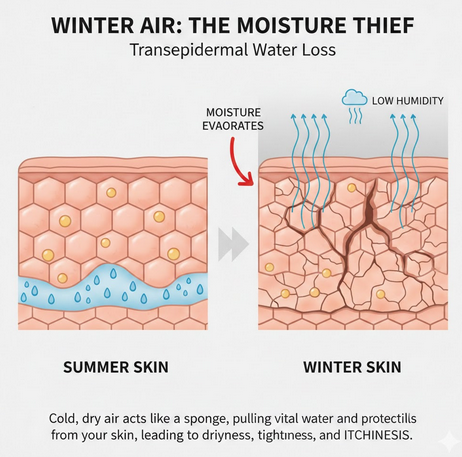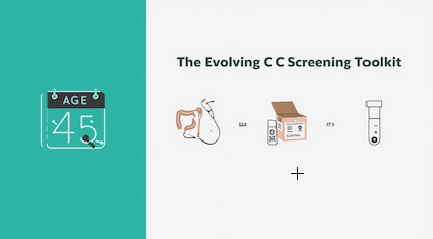A Hidden Danger: Understanding PCBs and How to Stay Safe
- OliveHealth

- Aug 30
- 4 min read
by Ed Fuentes, D.O.

PCB's chemical structure
Polychlorinated biphenyls, or PCBs, are a group of synthetic chemicals that can pose serious threats to human health and the environment. Though banned in the United States in 1977, these chemicals are incredibly persistent and can still be found in a variety of older products and in the environment. This blog post explores what PCBs are, how they can affect you, and simple steps to reduce your exposure.
---
What Exactly Are PCBs?
PCBs are a family of manufactured organic chemicals that are typically oily liquids or solids, with a color ranging from clear to light yellow. They have no distinct smell or taste and are resistant to burning, making them ideal for use as coolants and lubricants in electrical equipment like transformers and capacitors. However, their production was stopped in the U.S. after evidence emerged that they accumulate in the environment and are harmful to living things.
Since they don't break down easily, PCBs can remain in the environment for a very long time. They enter the environment through poorly maintained waste sites, improper disposal, or leaks from old equipment. Once released, they can travel long distances and accumulate in the fatty tissues of animals, reaching high concentrations in fish and marine mammals.
How You Can Be Exposed
Today, the main ways people are exposed to PCBs are by eating contaminated food and breathing contaminated air. The primary dietary sources are fish caught in contaminated lakes and rivers, as well as meat and dairy products.

*Food:** PCBs accumulate in the food chain. Fish, meat, and dairy products can all contain detectable levels.
*Air:** Small amounts of PCBs are found in most indoor and outdoor air. Older electrical devices, like fluorescent light fixtures, can release small amounts into the air as they heat up.
*Contaminated Sites:** People living near hazardous waste sites or working with old electrical equipment may have increased exposure through contaminated soil, air, or water.
*Workplace:** Workers in industries that handle old electrical equipment or hazardous waste can be exposed during maintenance, spills, or disposal.
Children are especially vulnerable to exposure due to their smaller size and "hand-to-mouth" behaviors, which can lead to them ingesting contaminated dirt. Infants can also be exposed through breast milk, as PCBs stored in a mother's body fat can be passed to her child.
The Health Risks of PCB Exposure
High levels of PCB exposure can lead to various health issues. In humans, skin conditions like acne and rashes have been observed, and some studies on exposed workers suggest links to irritation of the nose and lungs, gastrointestinal discomfort, and changes in the blood and liver.
*Skin:** High exposure can cause acne and rashes.
*Organ Damage:** Animal studies show that PCBs can damage the liver, stomach, thyroid gland, and kidneys.
*Reproductive & Developmental Issues:** Exposure during pregnancy or through breast milk has been linked to lower birth weights and developmental issues in children, such as problems with motor skills and short-term memory.
*Cancer:** Both the EPA and the International Agency for Research on Cancer (IARC) classify PCBs as "probably carcinogenic to humans," linking them to certain cancers, like liver cancer.
While medical tests can detect the presence of PCBs in your body, they can't predict whether you will develop health problems from that exposure.
Simple Steps to Reduce Your Risk
To protect your family from PCBs, you need to be aware of potential sources and take some basic precautions.
1. Follow Fish Advisories: Pay attention to any state or local advisories about eating fish from contaminated areas, especially if you are pregnant, nursing, or have young children.
2. Be Mindful of Old Electronics: Discourage children from playing with or near old appliances or electrical equipment, as they may contain PCBs.
3. Practice Good Hygiene: If you live near a hazardous waste site, discourage children from playing in the dirt. Everyone should wash their hands frequently, especially before eating.
4. Prevent Workplace Contamination: If your job involves handling PCBs, follow all safety protocols. Shower and change your clothes before you leave work to avoid bringing PCBs home on your body or clothing.
Even though PCBs are no longer produced in the U.S., their persistence in the environment means they remain a public health concern. By being aware of potential sources and taking these simple precautions, you can help protect yourself and your family. If you have concerns, talk to a health care provider or your local health department for more information.
PCB Contamination in Older Homes
If your home was built or renovated before 1977, it's possible that building materials contain dangerous chemicals known as PCBs (polychlorinated biphenyls). If you suspect your home has been affected, it's critical to avoid cleaning the area yourself as this can be very risky.
Instead, the best course of action is to hire a professional. The Environmental Protection Agency (EPA) recommends using their guide to find a qualified PCB removal company in your area. These experts can test for PCBs and take the necessary steps to safely decontaminate your home.
References:




Comments